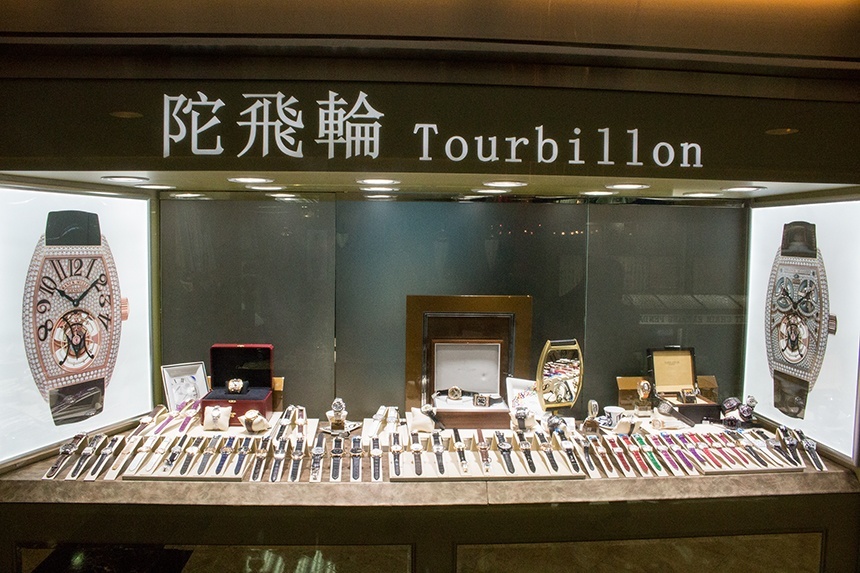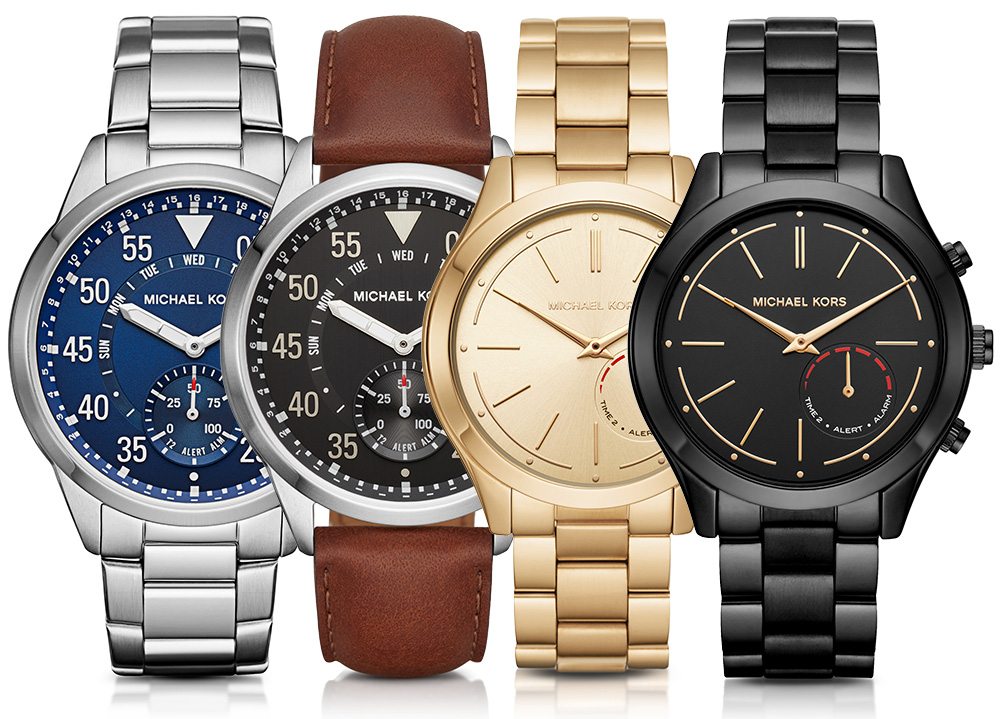
One of the smartest ways to do this is to remind people that fashion watches are sexy looking gadgets. The gadget purpose of a watch is to tell the time and other information and the sexy part is the design. The new wave of fashion watches are those which fully or in part have smart connected functionality allowing them to connect to other devices.
The idea is to integrate timepieces as part of a modern assortment of technology devices. People’s headphones connect to their phones, their phones connect to their computers, and their devices connect to their cars. What do traditional watches as gadgets connect to? Nothing. When a timepiece has more in common with cufflinks than a young person’s daily connected life, there is an issue with relevancy. Connected watches are more relevant to younger audiences because they are more relevant to their lives and what they value. Not being able to afford high-end luxury leaves consumers simply wanting something cool and useful. A timepiece that looks nice and just tells the time isn’t going to cut it. A timepiece which makes sure it is always on time, that is connected to other devices, and that shares other useful information with needed devices does become more relevant.
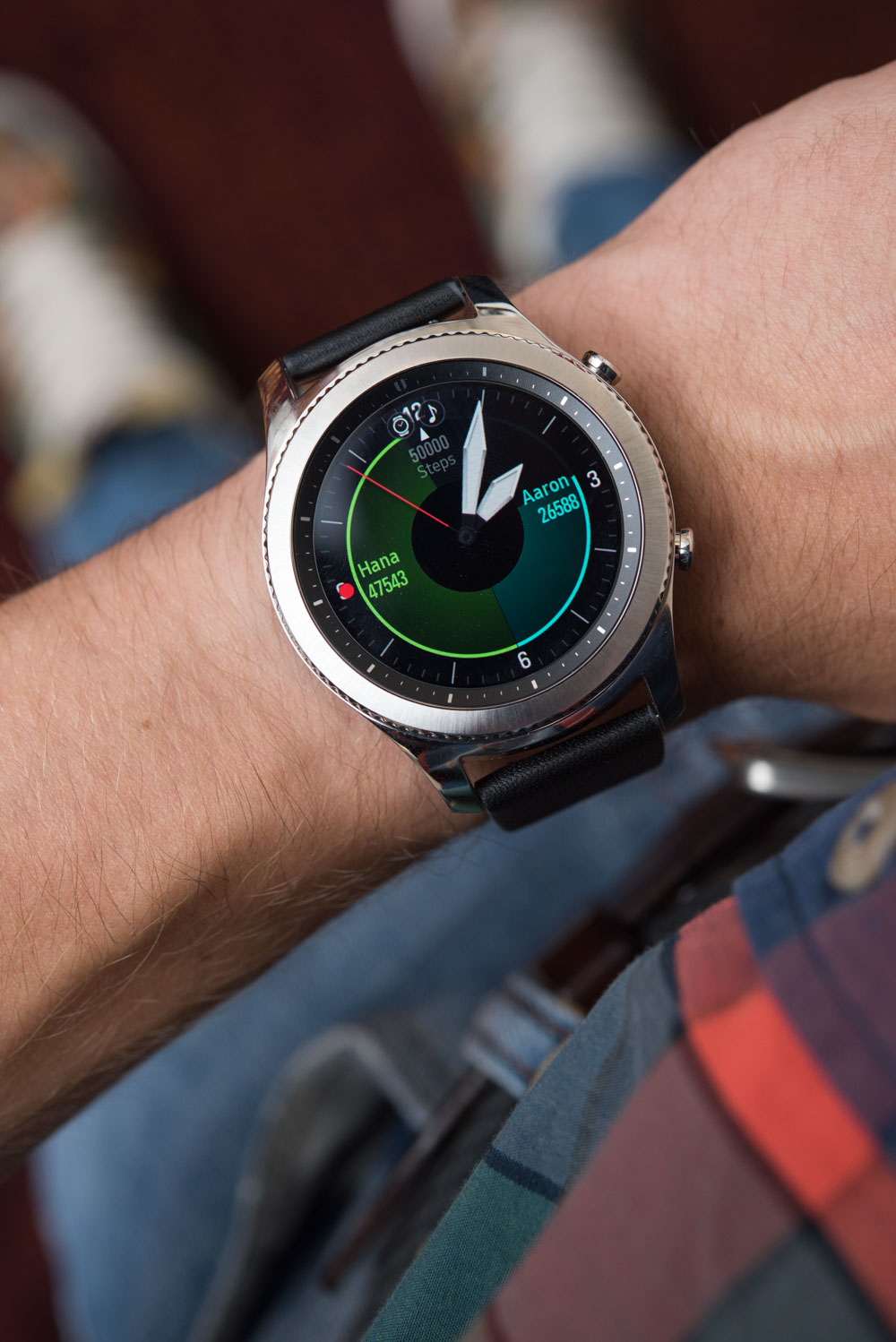
The fashion part of smart fashion watches comes in to why people choose one product over another. While many people who are deeply involved in watch collecting culture take great pride in “tech spec analysis,” such practices are not common among most mainstream consumers. Typical buying behavior for mainstream consumers is to buy a product they envision having a place in their life, by a brand whose personality they connect with. Often this is facilitated by seeing other people using or wearing such items. Only specialist consumers (like me) take the time to carefully understand the pros and cons of competing products divorced from the brand that makes them. Thus, in addition to a product being useful and relevant to a consumer’s life, being perceived as fashionable and lifestyle-defining is important.
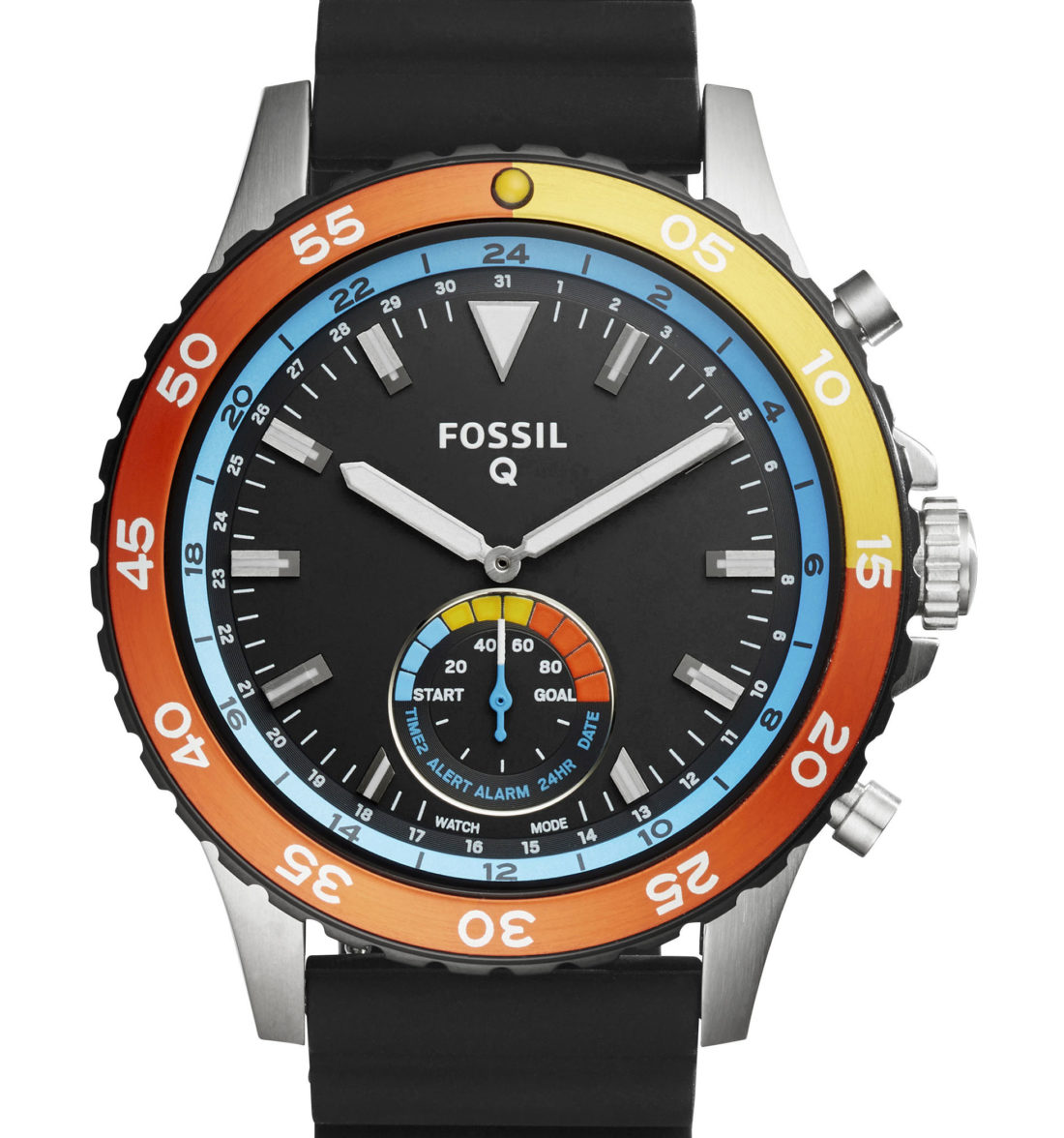
The Fossil Group has, for the most part, put its product strategy into the category that I just called smart fashion watches. Others will follow suit. With that said, the market clearly has an appetite for both mainstream and boutique brand watches. Smart fashion watches can have fully digital screens, a combination of digital and analog faces, or even fully analog dials. If a timepiece is going to be priced at just a few hundred dollars in the next several years, chances are it will have the most success by offering everything a traditional watch did, plus smartwatch connectivity features.
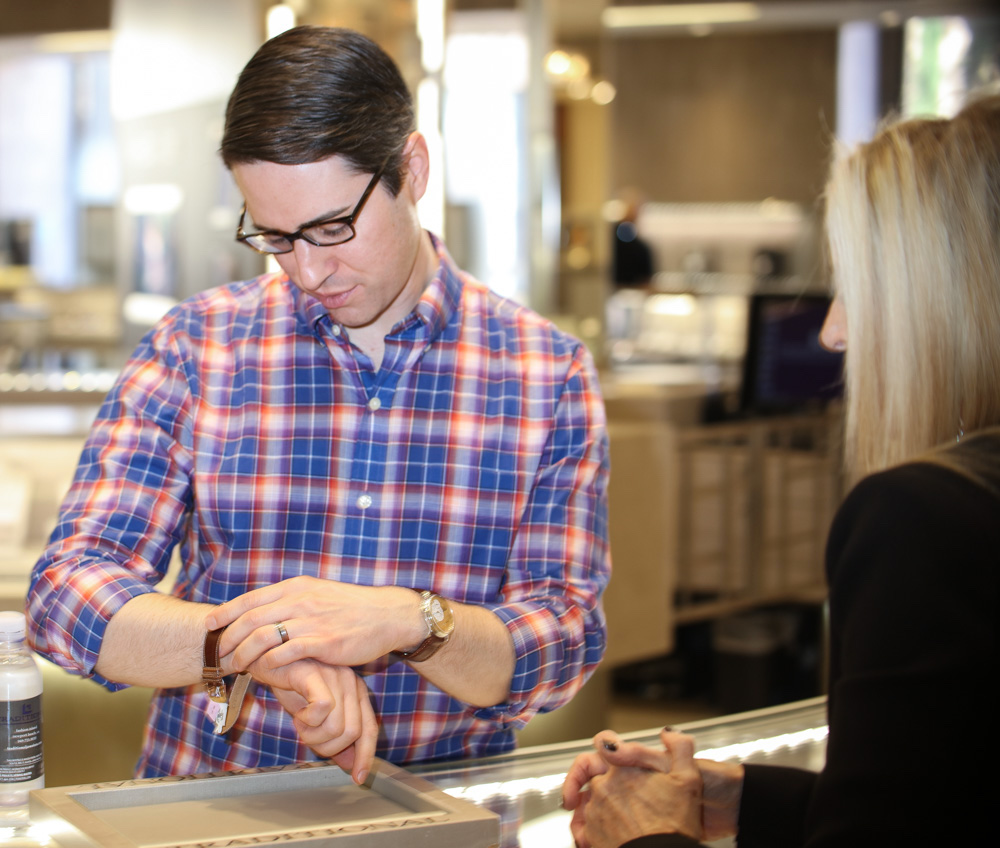
Authorized Third-Party Online Watch Retail Sales
The watch industry currently places a now arbitrary divide between online watch sales and off-line “in person” watch sales. This distinction between internet and real world sales is no longer useful and should be deprecated. Watch brands have for too long sought to overly regulate their retailers and prevent them from engaging in the best business practices possible. This has (among other things) led to retailers feeling forced to sell watches to the gray market, as well as to be secretive with sales they make outside of their “region.”

Watch brands must make a large trade-off with watch retailers in order to enjoy mutual growth. The luxury industry for the most part no longer denies that luxury consumers are shopping online, and they also know that more money is being moved each day thanks to internet-facilitated watch sales rather than ones in person where a consumer walks into a store. The trade-off is that they will allow watch retailers to sell how they like, whom they like to, as long as pricing conventions are adhered to. This will also likely involve a reduction in margins. This, assuming watch production volumes are maintained at sustainable levels, will result in a healthier retail environment and relationship between watch brands and retail partners.
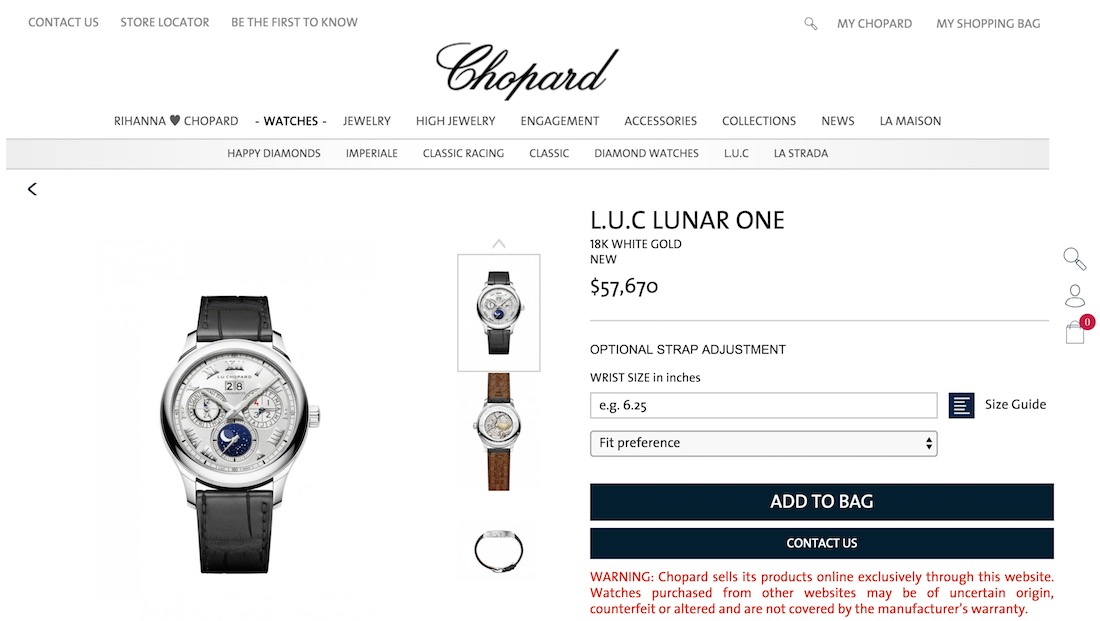
If this happens (as it should), then the authorized sale of watches online will grow appreciably. An obvious thing to consider is the question – why can’t brands simply sell direct to consumers if they are going online? What then is the role of the third-party middle agent as a retailer? This is a very good question that I’ve grappled with for a while. For a long time I was a fan of vertical integration whereby watch brands would both produce watches and then sell them directly to consumers. This made the most sense in theory, but I was missing a pivotal component.

That component is that for the most part, no watch brand is well-staffed enough, or at least well-diversified enough from a management standpoint to have both a production arm and a sales arm – or a marketing arm, as discussed above. Getting consumers to visit a website, just as it is to get them into a physical store, is both an art and a science. It is an art and science that the watch industry itself has yet to really demonstrate a lot of skill with. So what I’ve learned is that the majority watch brands simply aren’t sophisticated enough to engage in both the production and sale of watches.

This then leads back to a business environment where a third-party entity is charged with the responsibility to sell a product, who purchases that product from a manufacturer. The value of the third-party retailer is that they understand how to find, attract, and convert potential consumers into buyers. This isn’t easy work, and to do this properly, retailers need to specialize in whatever way they see fit, and have broad freedom to market and advertise their goods.
I am pretty sure in the next few years we will start to see the emergence or more high-quality third-party watch dealers doing business online. Many of them more or less do, often minus actually performing the transaction online – they invite people to call them or e-mail them. Right now, there are barriers put up by the watch brands themselves that prevents retailers from engaging in online sales. In my opinion, these barriers do more future harm than good and because of that they will be eroded away. After that, retailers will be able to do what they ideally do best, and that is creative attractive online stores, and compelling marketing campaigns designed to get people to their stores. Watch brands can have their own stores operating in tandem with third-party watch retail online, but my gut instinct is that the third-party retailers will always have an edge when it comes to sales performance.
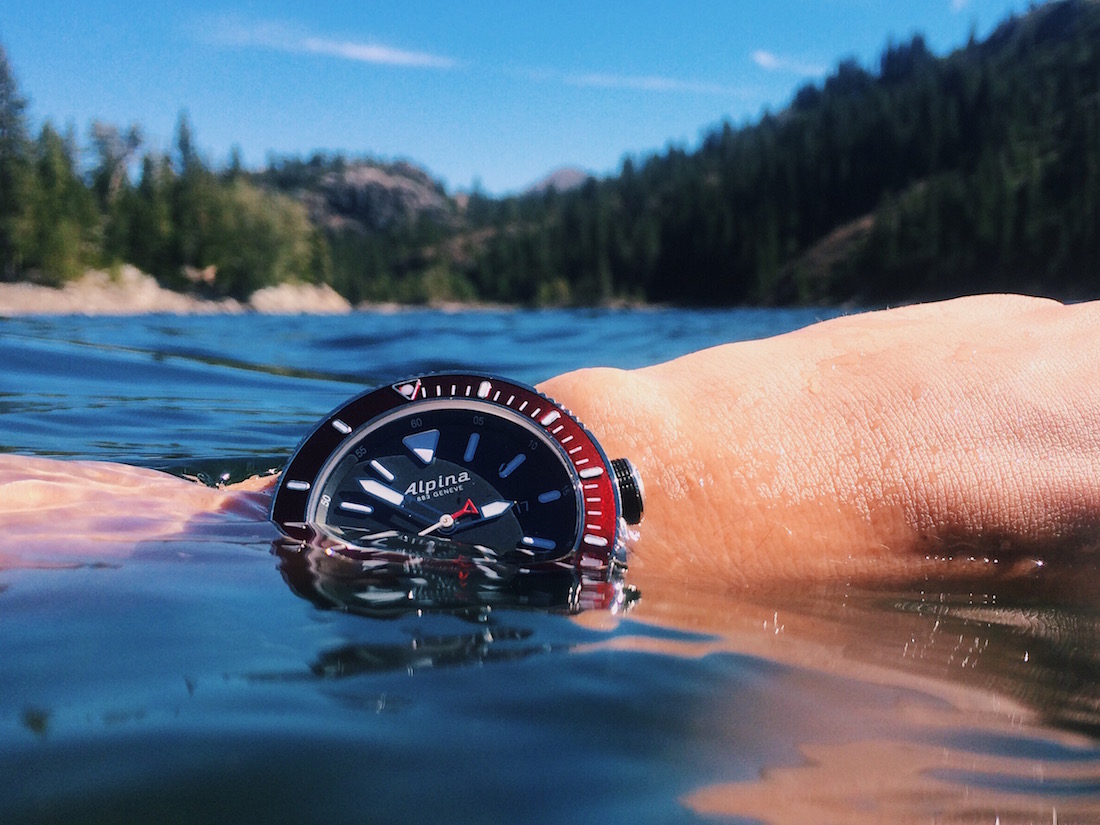
$1,000 – $3,000 Priced Enthusiast Watches
For whatever reason, the luxury watch industry has an enormously difficult time offering a high-quality watch priced from between $1,000 – $3,000… that would satisfy enthusiasts. It isn’t to say that there are none, but there simply aren’t enough. I’ve found that $1,000 – $3,000 is a “sweet spot” price range that many timepiece enthusiasts prefer to spend on average per watch. This money is going mostly to niche brands and pre-owned watches – with not nearly as much activity in new watches.
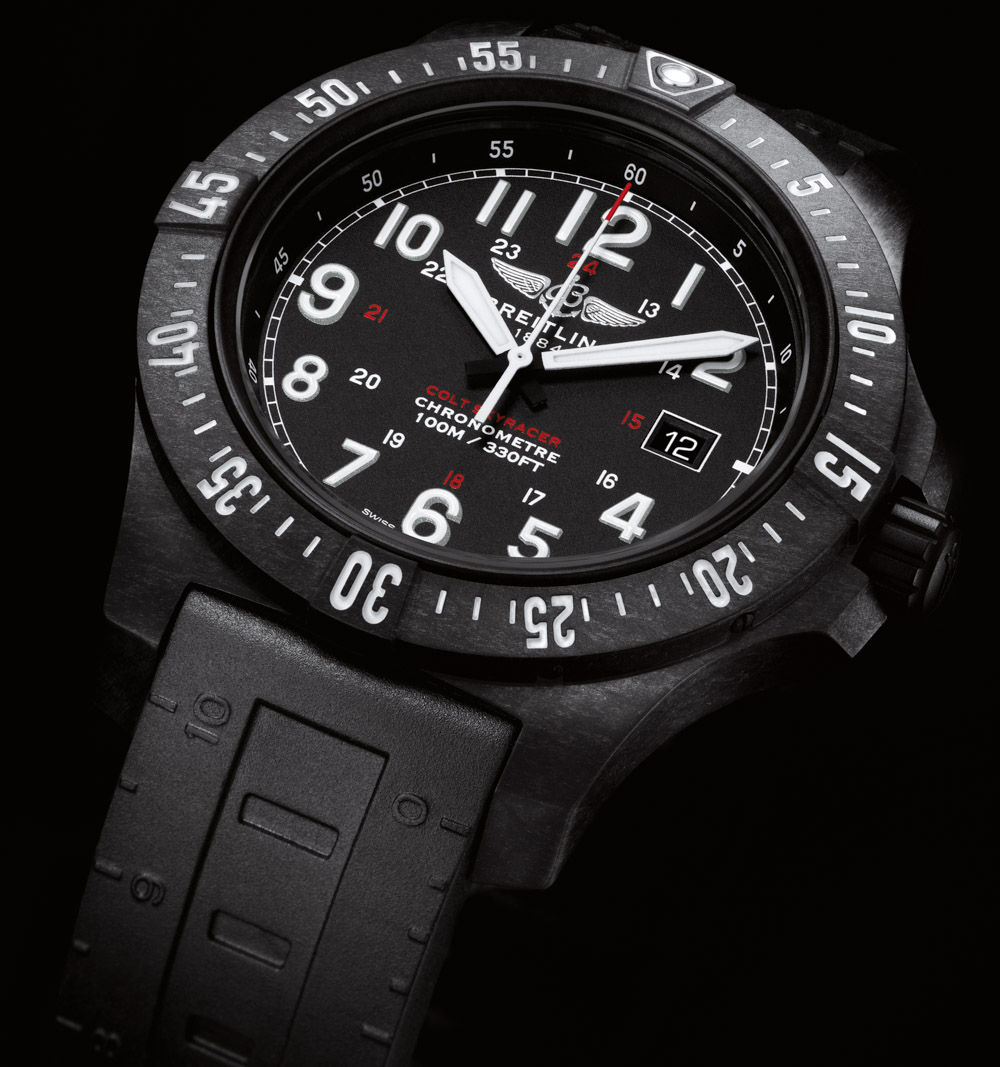
The problem is that many watch brands today price timepieces above $3,000 even though they could easily be priced below $3,000 and still have plenty of room for a profit margin. It isn’t just that consumers want to spend $1,000 – $3,000, they want a watch that they perceive is a good value for that money. Remember that I’m talking about enthusiast watches, not ones for consumers who aren’t as sophisticated. The enthusiast consumer buys something not out of need, but out of desire for the product and its details. Enthusiast consumers buy for pleasure, but also spend a lot of effort in making purchase decisions.
Enthusiasts have traditionally been a difficult Catch-22 for watch brands. On the one hand, enthusiasts are passionate, motivated buyers who regularly seek information on the product, and do buy with enough frequency. On the other hand, enthusiasts are demanding, informed, and picky customers. They are also very confident in their tastes and can often be close-minded after reaching a comfort zone with their taste preferences. Watch brands love the attention they get from enthusiasts, but at the same time don’t always like the effort required to satisfy the demands of enthusiasts. That’s left a lot of enthusiast interest out there, unappeased.
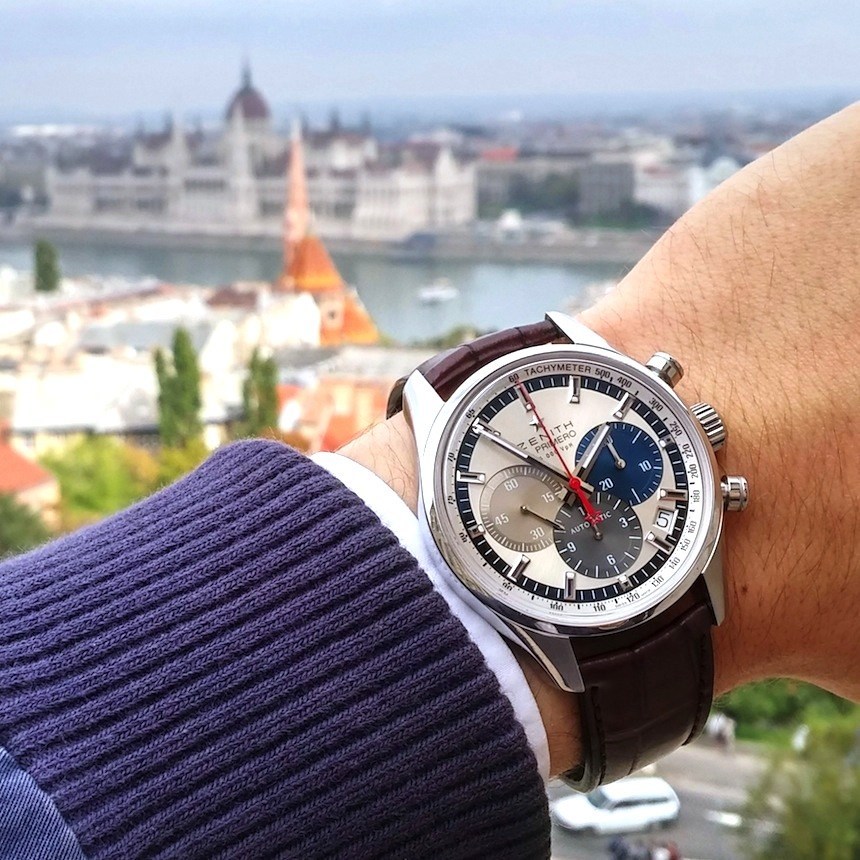
Producing watches for, and marketing to enthusiasts is a distinct challenge from mass market advertising and promotional efforts. Enthusiasts are a form of high-maintenance consumer. While they require a lot of time and attention, if properly taken taken care of, they will reward a product maker with loyalty and regular business. I think a very good case can be made for watch brands to not only take this price point seriously, but to also engage in more efforts to foster positive relationships with enthusiast consumers.
As there is so much buying activity in the $1,000 – $3,000 price range, I feel that watch brands need to more thoroughly take this price segment as being serious. Modern production techniques and economies of scale allow for a truly fantastic and interesting watch at these price points. Brands that come out with good watches that combine both a design and personality enthusiasts prefer, will be rewarded greatly for taking on this area of possible growth.

